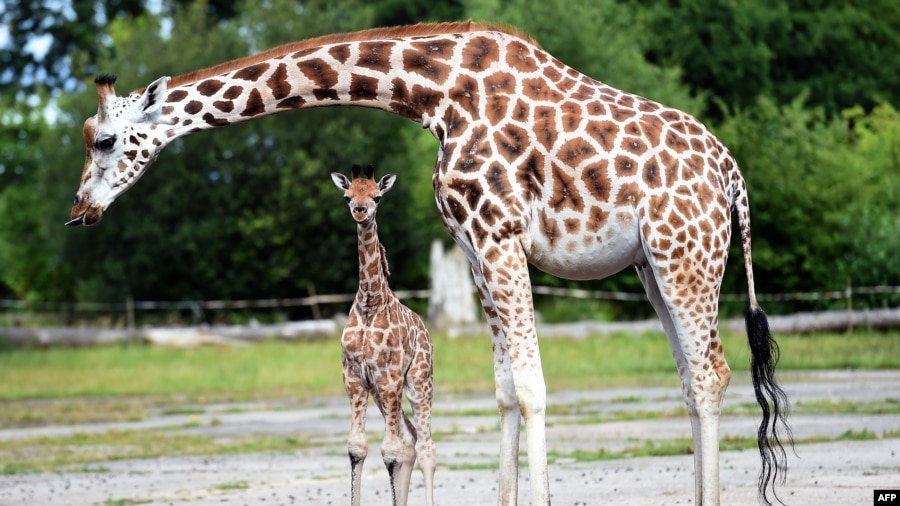A zoo in southern China has unveiled newborn panda triplets, thought to be the world's first known surviving trio.
The zoo says that the cubs are "the only panda triplets that have ever survived," but newborn mortality rates for pandas are high
Guangzhou's Chimelong Safari Park described the trio, who were born on 29 July, as "a new wonder of the world".
Their mother, Juxiao, was too exhausted to care for them at first but is now nursing the triplets with assistance from feeders throughout the day.
Female pandas are able to conceive for only two or three days a year, leading to a very low reproduction rate.
The cubs are "the only panda triplets that have ever survived," the zoo said in a statement released on Tuesday, but it added that the newborn mortality rate among pandas is "extremely high".
Panda cubs are 900 times smaller than their Mother.
Pandas have a low reproductive rate in captivity, the WWF says.
China's leading panda authority, the Sichuan Wolong National Natural Reserve, has said that although the pandas are still too young to call "surviving", they are the first known living panda triplets.
The cubs have not been named yet and their genders are yet to be announced.
The panda population is threatened by habitat loss as land is increasingly inhabited by humans with around 1,600 pandas left in the wild in China, according to the WWF.





















